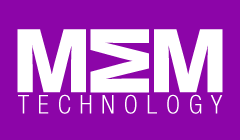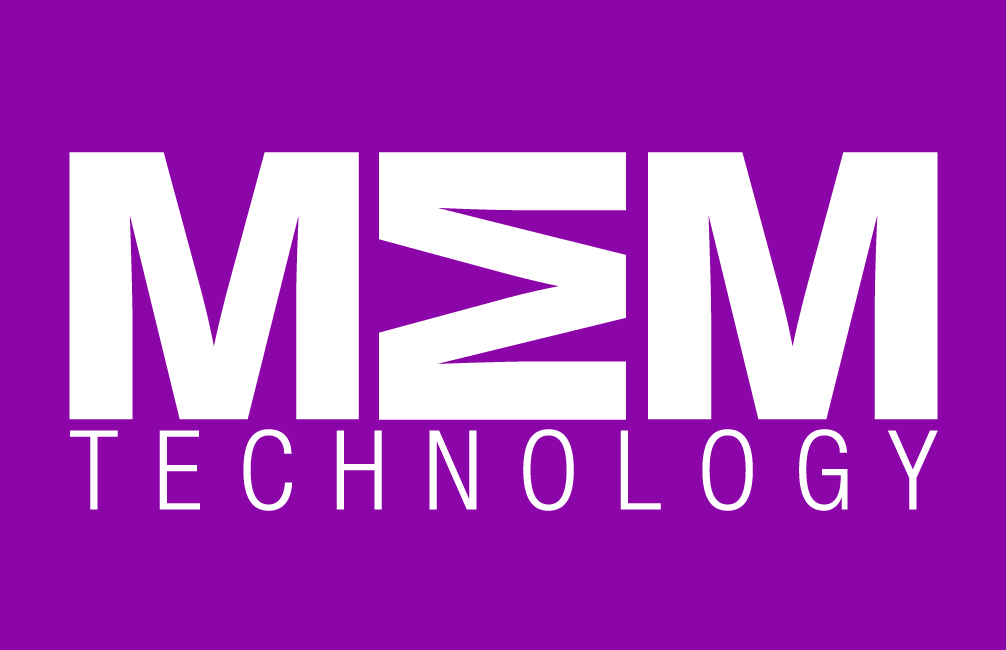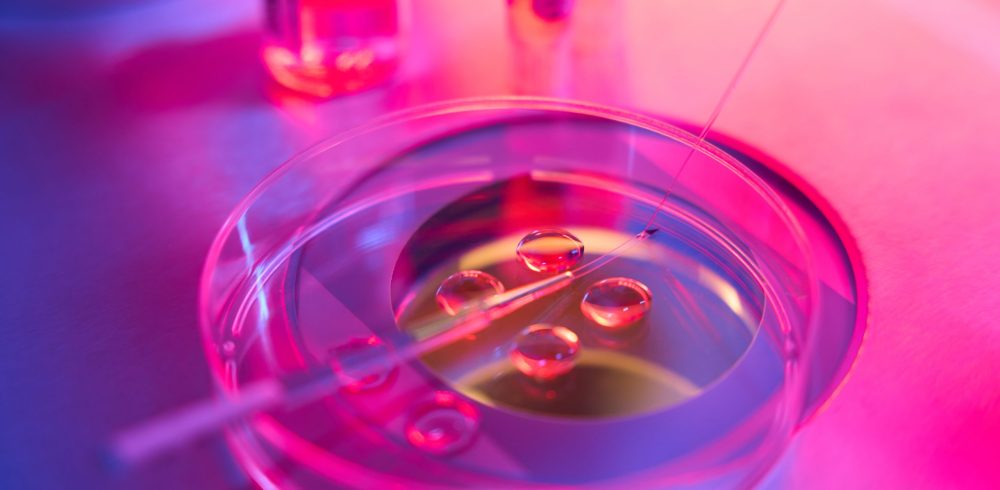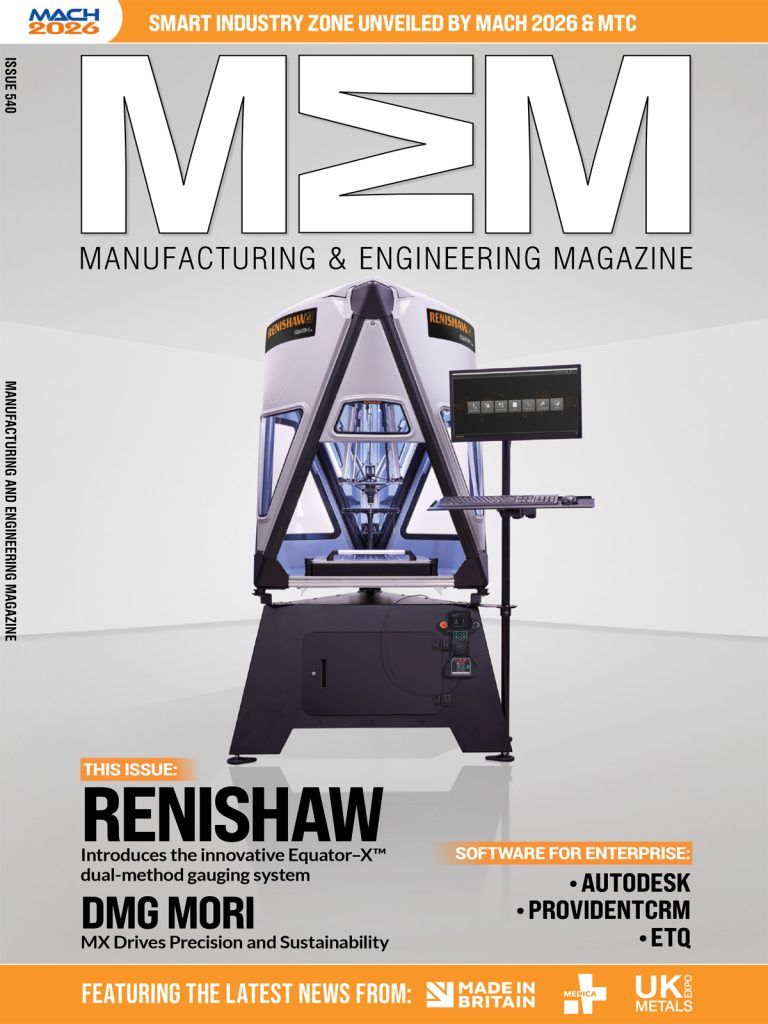Early diagnosis plays a pivotal role in the effective treatment of diseases, particularly in oncology. However, the absence of apparent clinical symptoms and the limitations of conventional screening methods present significant challenges. To address this gap, medical science is exploring innovative diagnostic platforms, among which liquid biopsy has emerged as a promising technique. Introduced initially to detect circulating tumour cells (CTCs) in the bloodstream, liquid biopsy now encompasses a broader range of body fluids, including cerebrospinal fluid, saliva, pleural effusion, and most notably, urine.
Why Urine?
Urine offers a unique window into human health. As a biological fluid that is readily obtainable through non-invasive methods and widely accepted by patients, urine is increasingly being recognized for its diagnostic potential. It reflects the metabolic state of various organs and can indicate both inflammatory and neoplastic processes. With the presence of metabolites and biomarkers, urine becomes an ideal candidate for spectral analysis.
Traditional Urine Analysis Methods:
A cornerstone of diagnostic medicine, urine analysis can be traced back to ancient times. These traditional methods, though still widely used, have limitations in scope, precision, and speed.
- Culture Tests: Used for diagnosing infections, urine cultures are the gold standard for identifying bacterial species and determining antibiotic sensitivity. However, they delay diagnosis with incubation times of 24–72 hours.
- Urinanalysis Dipstick Tests: Colorimetric tests are commonly used in clinical settings for quick screening. Dipsticks detect a range of parameters such as pH, glucose, protein, ketones, bilirubin, and blood. They are useful, but semi-quantitative, can be subject to user error, and often provide only a basic overview.
- Urine Microscopy: Urine sediment examination under a microscope is used to detect cells (RBCs, WBCs), casts, crystals, and bacteria. Though informative, microscopy is laborintensive, requires trained personnel, and may lack sensitivity for low-abundance biomarkers.
- Chemical Assays and Enzymatic Methods: These tests measure specific substances (e.g., creatinine, urea, or albumin) with higher accuracy than dipsticks. They aren’t always ideal as they require sample preparation, reagents, and laboratory infrastructure, and are typically time-consuming.
Spectral Techniques in Urine Analysis
Recent technological advancements have enabled the use of optical (spectral) methods to analyse urine at the molecular level, offering rapid, accurate, and non-invasive diagnostic alternatives. These techniques rely on the interaction of light with urine molecules, capturing spectral signatures that reveal both qualitative and quantitative information.
Raman Spectroscopy
Raman spectroscopy measures the inelastic scattering of monochromatic light—typically from a laser—as it interacts with molecular vibrations. It is highly sensitive and can detect trace amounts of substances. This method has proven especially effective in identifying:
- Drugs of abuse (e.g., opioids, amphetamines, MDMA)
- Therapeutic agents (e.g., benzodiazepines, antipsychotics)
- Doping substances (e.g., erythropoietin, ephedrine)
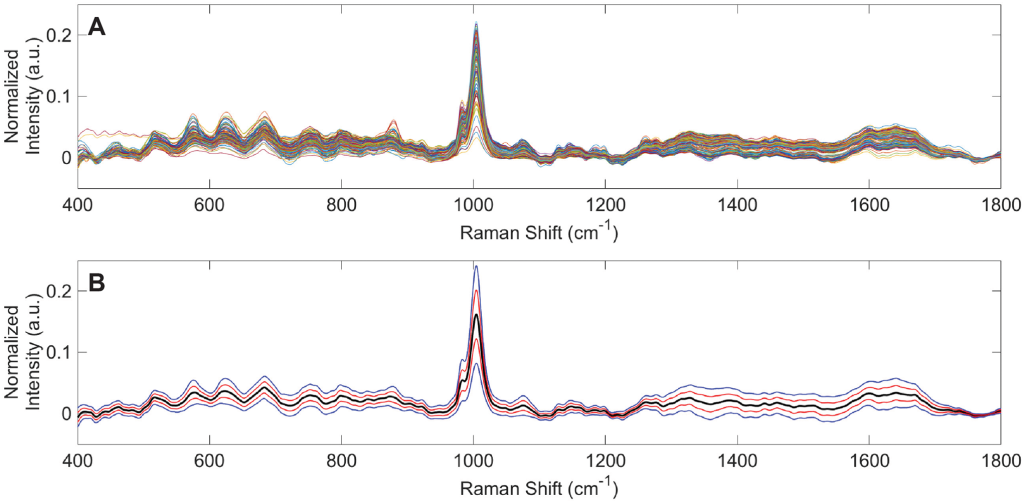
Fourier Transform Infrared Spectroscopy (FTIR)
FTIR captures high-resolution spectral fingerprints of urine, enabling the detection of proteins, lipids, cells, and even pathogens. Combined with computational techniques such as principal component analysis (PCA) and Soft Independent Modelling of Class Analogy (SIMCA), FTIR has demonstrated strong clinical potential, including the ability to distinguish kidney donors at risk of organ rejection.

Visible (VIS) and Near-Infrared (NIR) Spectrometry
These techniques use a broadband light source that transmits or reflects through the urine sample. A spectrometer then detects the specific wavelengths absorbed by the sample. This allows for the assessment of a broad range of biomarkers which can be indicators of several dysfunctions:
- Hydration and renal function: Urine osmolality, specific gravity, creatinine
- Metabolic health: Uric acid, urea, citrate, oxalate
- Infection and inflammation: White/red blood cells, bacteria, albumin, total protein
Although inorganic ions do not directly absorb NIR light, they affect spectral patterns through ion–water interactions. Likewise, urine saturation and crystallization (e.g., calcium oxalate) can be detected optically. Measuring urine saturation and crystallization is vital for preventing, diagnosing, and managing kidney stones and urinary tract conditions. For example, early detection of supersaturated urine can enable timely dietary, hydration, or pharmacological interventions to prevent stone formation.
Fluorescence Spectrometry
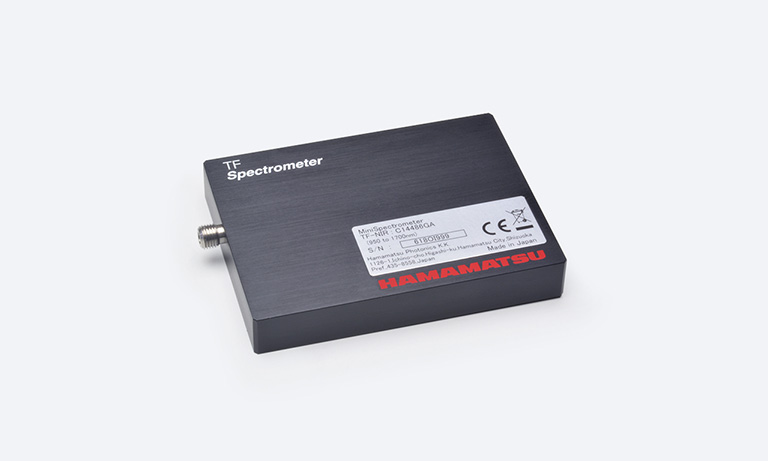
This method measures light emissions from substances that have absorbed energy, typically UV or visible light. Fluorescence spectrometry detects endogenous fluorophores such as:
- NADH and FAD (indicators of mitochondrial function)
- Tryptophan (linked to protein metabolism and cellular activity)
- Porphyrins (associated with heme synthesis and certain cancers)
Abnormal levels of these compounds may reflect mitochondrial stress, cellular damage, inflammation, neoplastic changes, or metabolic disorders. For instance, haematuria (blood in urine) can be confirmed by detecting fluorescence emissions between 450–520 nm, in addition to visible colour change.
Complementary Sensing-Conductimetry
Spectral methods are enhanced by combining them with conductimetry, which measures the urine’s electrical conductivity to assess total ion concentration. This dual approach improves diagnostic accuracy and reduces false negatives, especially when adjusted for sample temperature.
A New Era in Diagnostics
By integrating visible, infrared, and fluorescence spectrometry with conductimetry into compact analytical platforms, modern urine analysers are transforming diagnostic medicine. These devices enable clinicians to perform rapid and reliable assessments across a broad spectrum of biomarkers. What was once limited to specialized laboratories can now be conducted in near real-time, offering new possibilities for early disease detection, treatment monitoring, and risk assessment, all without the need for invasive procedures.
As these technologies continue to evolve, the potential for point-of-care and even home-based applications becomes increasingly feasible. Spectral urine analysis is poised to shift diagnostics from the lab bench to the bedside and beyond, making precision healthcare more accessible, efficient, and patient-friendly.
Hamamatsu, with its highly reliable, sensitive, and miniaturized spectral solutions, is playing a pivotal role in this transformation. By enabling more compact and accurate sensing platforms, Hamamatsu is making a significant contribution to the advancement of medical diagnostics, helping to bring innovative, non-invasive tools into everyday clinical practice.
Discover how Hamamatsu Photonics solutions can power your workflow- explore our solutions today at hamamatsu.com
Manufacturing & Engineering Magazine | The Home of Manufacturing Industry News
